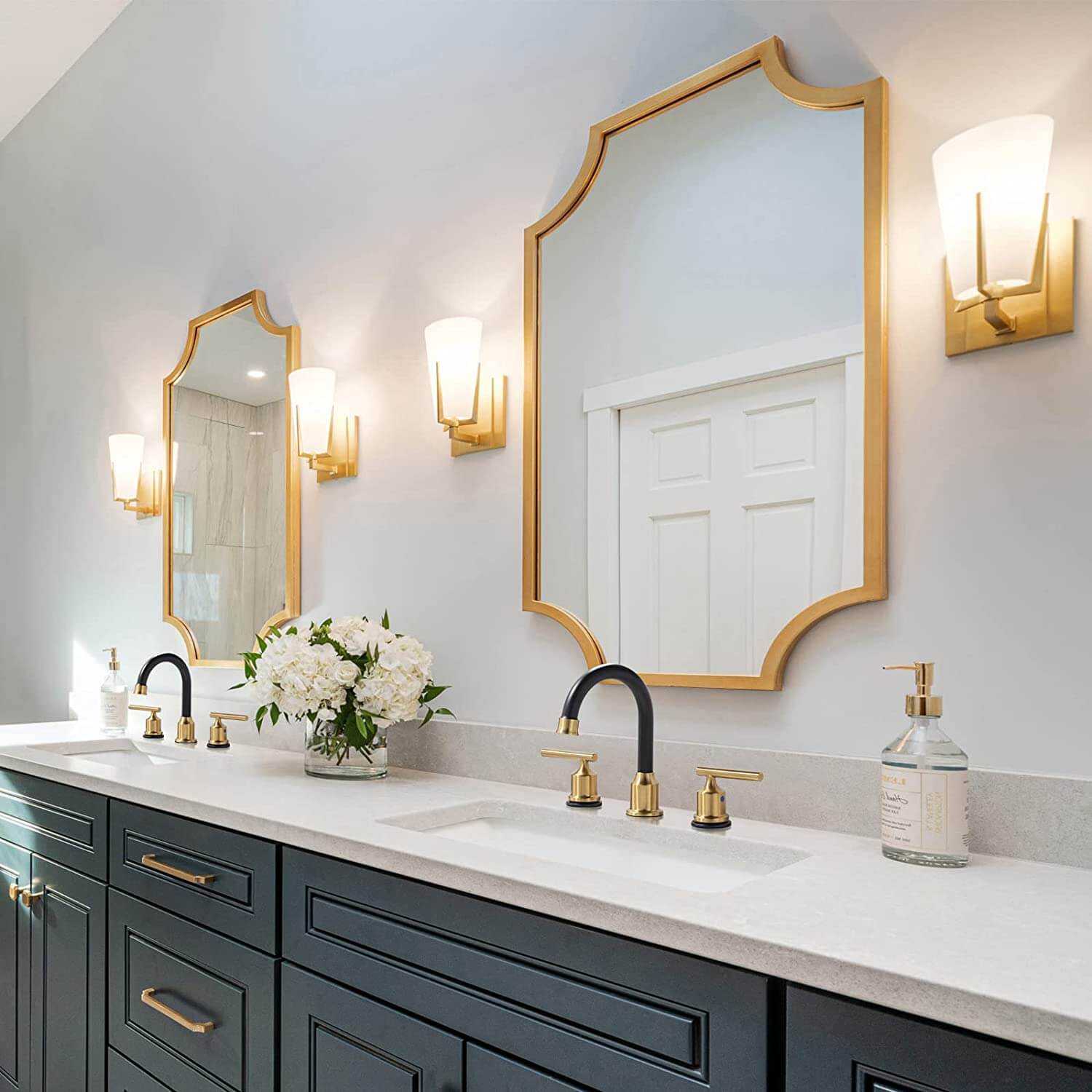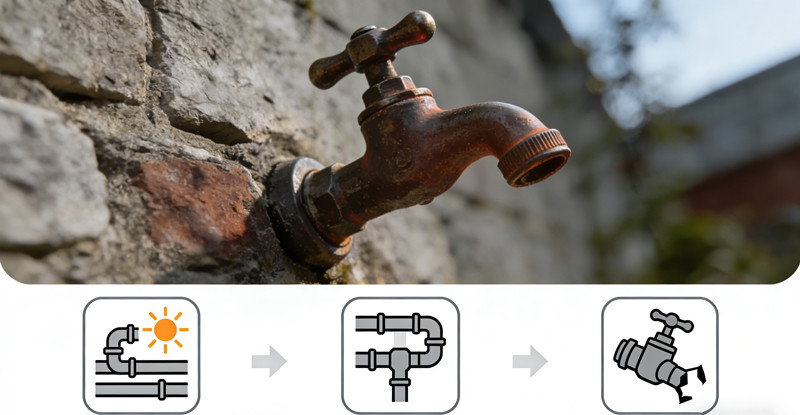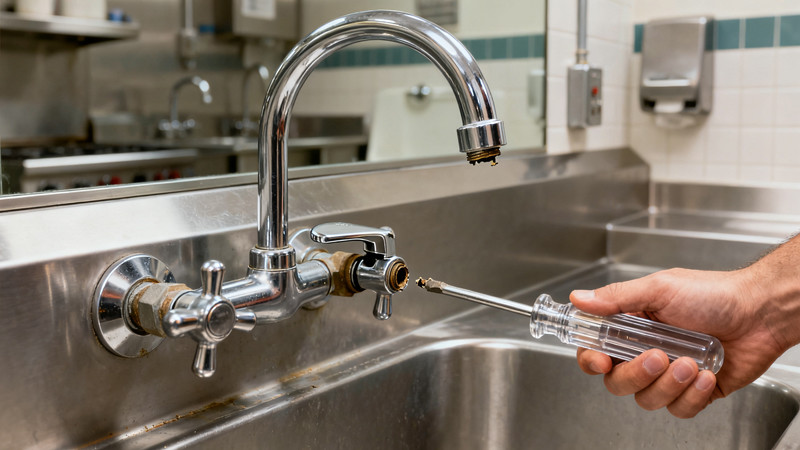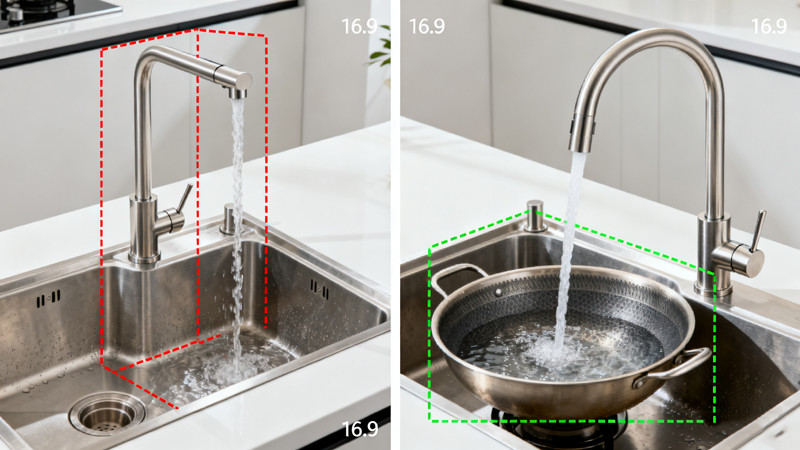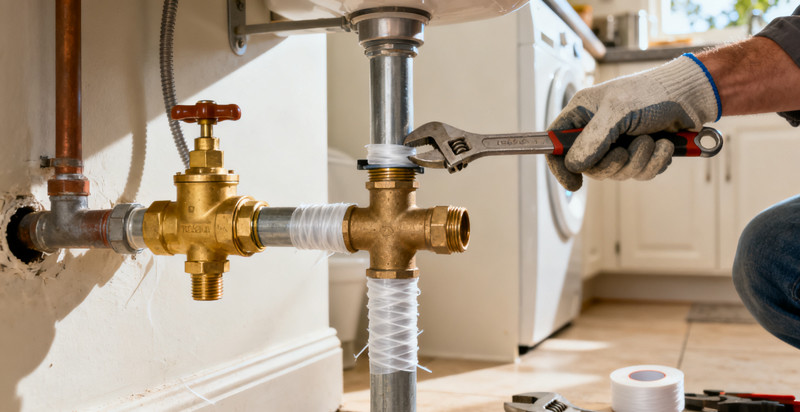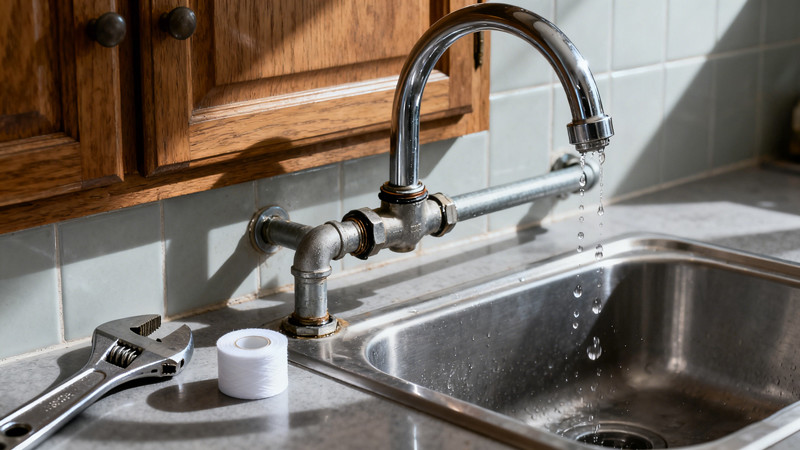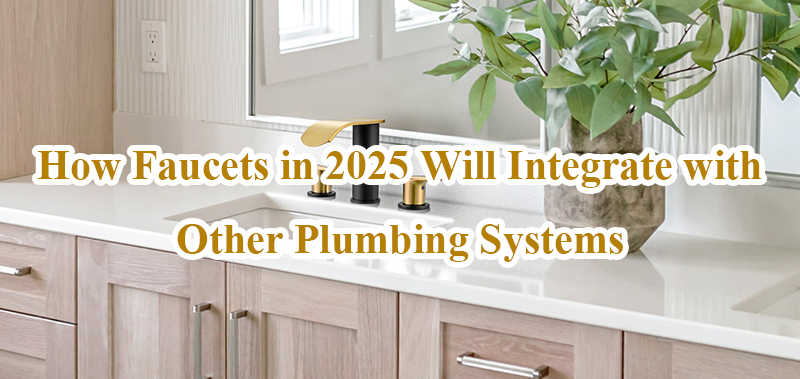
The world of home plumbing is evolving rapidly, with technology, sustainability, and convenience at the forefront of these changes. As we look toward 2025, faucets are set to become even more integrated with other plumbing systems, making them smarter, more efficient, and more connected than ever before. This integration goes beyond just aesthetics and function; it will fundamentally change the way we interact with our home’s water systems. From advanced water filtration to smart monitoring systems, the faucets of 2025 will play an essential role in managing water usage, improving water quality, and streamlining the plumbing experience.
In this post, we’ll explore the key ways faucets will integrate with other plumbing systems in the near future, focusing on smart technologies, water conservation, and enhanced user experience.
1. Smart Faucets and Home Automation Systems
The integration of faucets with smart home systems is one of the most exciting developments expected by 2025. With the rise of home automation, faucets will no longer function as standalone devices; they will be part of a larger interconnected system that communicates with other smart appliances, plumbing systems, and even your home’s energy management system.
Faucets will integrate seamlessly with platforms like Google Home, Amazon Alexa, and Apple HomeKit, enabling homeowners to control water flow, temperature, and other features through voice commands or smartphone apps. For instance, you could say, “Alexa, set the kitchen faucet to 80°F,” and the faucet would adjust automatically.
Some faucets will even incorporate artificial intelligence (AI) to learn your habits and preferences. Imagine a faucet that knows your morning routine—automatically turning on at the perfect water temperature and flow rate as soon as you walk into the kitchen or bathroom. These smart faucets will be able to adapt to different household needs, such as adjusting water flow when the washing machine or dishwasher is running to optimize water pressure.
2. Water Filtration Systems Built Into Faucets
As concerns over water quality continue to grow, many faucets in 2025 will come equipped with advanced filtration systems. Instead of relying on separate water filters that need to be maintained and replaced regularly, faucets will feature built-in filtration systems that work in tandem with the rest of the home’s plumbing infrastructure.
These integrated systems can remove contaminants such as chlorine, lead, and bacteria from tap water, ensuring that every drop of water you use is clean and safe. The water filtration system will be connected to the home’s main water supply, providing purified water directly from the faucet. Some faucets will even have multiple filtration options, such as a dedicated spout for drinking water, which ensures that purified water is dispensed separately from regular tap water used for other household tasks.
Another advancement could be water remineralization systems integrated into faucets, which add essential minerals to purified water to improve taste and health benefits. This will be especially beneficial in areas where water is overly filtered, leaving it tasteless or devoid of healthy minerals.
3. Water Conservation and Usage Monitoring
Water conservation will continue to be a major concern in 2025, particularly as climate change exacerbates water shortages in many regions. Faucets of the future will be designed with built-in technologies that work in concert with your home’s plumbing system to reduce water consumption without sacrificing performance.
Faucets will feature advanced sensors that monitor water usage and flow in real-time, providing homeowners with insights on how much water they are using. These sensors can detect leaks or excessive water flow and alert the homeowner through a mobile app or directly on the faucet itself. Smart faucets will even be able to adjust water flow automatically to match the task at hand—whether you’re washing your hands, rinsing vegetables, or filling a pot—ensuring that you use the least amount of water necessary.
For example, a faucet in the kitchen may reduce flow when it detects you’re simply rinsing dishes, while increasing flow when you’re filling a large pot. This level of customization will be especially useful in a smart home that strives to reduce energy and water usage across the board.
4. Integration with Tankless Water Heaters
Tankless water heaters, which heat water on-demand rather than storing it in a tank, are becoming increasingly popular for their energy efficiency and space-saving design. By 2025, faucets will be able to integrate directly with these systems to optimize water temperature and minimize energy consumption.
Rather than relying on manual adjustments to achieve the desired temperature, the faucet and the tankless water heater will communicate directly to ensure that the water temperature is consistent and precise every time. If the faucet detects that the water has reached the correct temperature, it will signal the water heater to stop heating, saving energy and preventing water from being wasted. This integration will be particularly beneficial in ensuring that water is heated only when needed, which can dramatically reduce energy bills and enhance the overall efficiency of the home’s plumbing system.
5. Leak Detection and Maintenance Alerts
Leaks are one of the most common plumbing issues in homes, leading to wasted water, higher utility bills, and potential damage to property. Faucets in 2025 will incorporate advanced leak detection sensors that can identify even the smallest leaks in real-time. These sensors will be able to monitor the flow of water through the faucet and the pipes, alerting homeowners if there is an issue before it turns into a bigger problem.
These systems will be connected to your smartphone or smart home network, notifying you immediately of any leaks or irregularities in water usage. For example, if a faucet detects that it is not properly sealing after use, it will notify the homeowner to check for potential leaks or worn-out components, helping to prevent costly repairs down the line. This real-time leak detection will also work in conjunction with the home’s water pressure system to ensure that your plumbing remains in optimal condition.
6. Faucets with Adaptive Temperature Control
By 2025, faucets will not only be smarter but also more efficient at maintaining the ideal temperature for various tasks. Faucets will work alongside temperature control systems within the home’s plumbing to provide precise temperature regulation. These systems will automatically adjust based on your preferences or needs, so you’ll never have to wait for the water to warm up or worry about scalding.
Whether you’re showering, filling a bath, or washing dishes, the faucet will automatically provide water at the ideal temperature, adapting to changing conditions like incoming water temperature or fluctuating demand on the home’s water supply. This feature will make everyday tasks more convenient and comfortable, while also helping to reduce energy waste.
7. Integrated Greywater Recycling
In an effort to reduce water consumption, faucets in 2025 will work in conjunction with home-based greywater recycling systems. These systems collect wastewater from sinks, showers, and laundry appliances and filter it for reuse in non-potable applications, such as irrigation or flushing toilets.
The faucet will be able to detect whether the water should be used for drinking or non-potable purposes, automatically directing it to the appropriate system. This integration will make it easier for homeowners to adopt water recycling solutions while reducing their reliance on fresh water for tasks like landscape irrigation, which accounts for a significant portion of household water usage.
Conclusion
As we approach 2025, the role of faucets in the home will go far beyond simple water delivery. With smart technologies, advanced water conservation features, and seamless integration with plumbing systems, faucets will become central to managing the home’s water usage, efficiency, and overall sustainability. The integration of faucets with other plumbing systems will not only improve the user experience but also provide greater control, convenience, and savings for homeowners, making it easier than ever to maintain a sustainable and efficient household.
 WOWOW Faucets
WOWOW Faucets